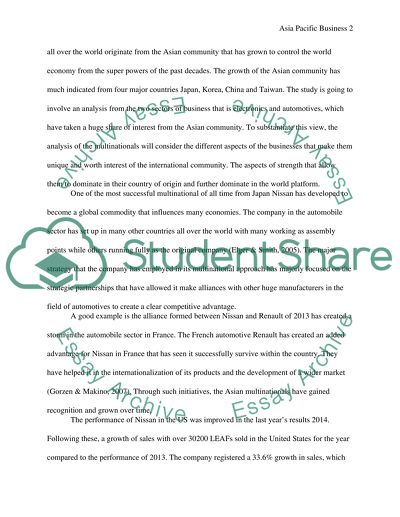Cite this document
(Global Economy - Asia Pacific Business Case Study, n.d.)
Global Economy - Asia Pacific Business Case Study. Retrieved from https://studentshare.org/macro-microeconomics/1681007-asia-pacific-business
Global Economy - Asia Pacific Business Case Study. Retrieved from https://studentshare.org/macro-microeconomics/1681007-asia-pacific-business
(Global Economy - Asia Pacific Business Case Study)
Global Economy - Asia Pacific Business Case Study. https://studentshare.org/macro-microeconomics/1681007-asia-pacific-business.
Global Economy - Asia Pacific Business Case Study. https://studentshare.org/macro-microeconomics/1681007-asia-pacific-business.
“Global Economy - Asia Pacific Business Case Study”, n.d. https://studentshare.org/macro-microeconomics/1681007-asia-pacific-business.


